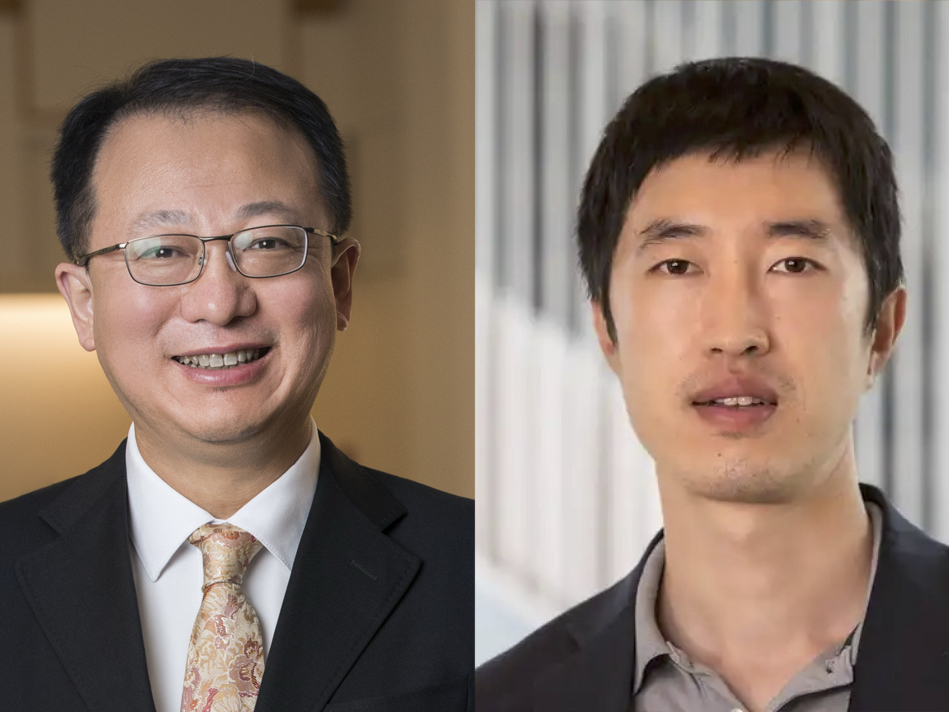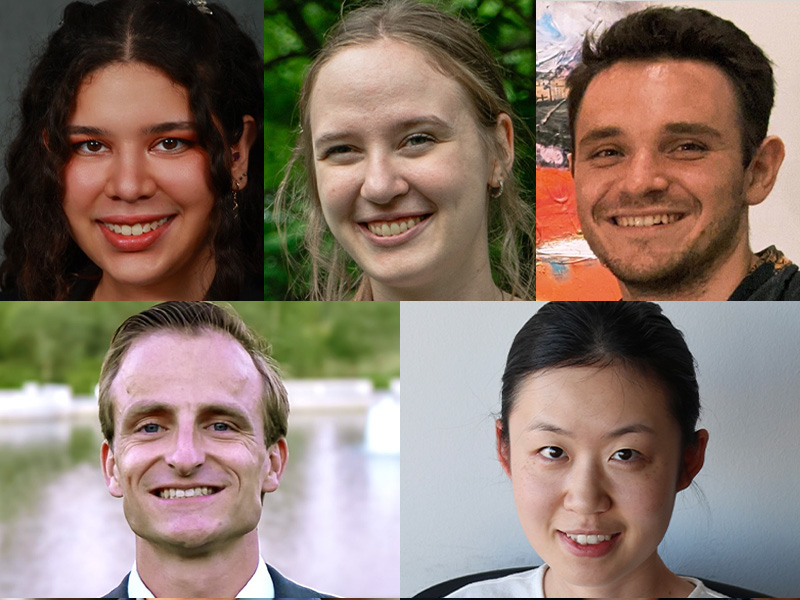In the Media: Correcting an historical failure in women’s health
For biomechanical engineer and biophysicist Michelle Oyen, materials science and women’s health go hand-in-hand, but that hasn’t always been the case
For biomechanical engineer and biophysicist Michelle Oyen, materials science and women’s health go hand-in-hand, but that hasn't always been the case for the field as a whole. She spoke to Margaret Harris about her research and her goals as the inaugural director of the Center for Women’s Health Engineering at Washington University in St Louis.
How did you become interested in applying materials science to challenges in women’s health?
When I was a PhD student in orthopaedic biomechanics, I took a phone call from an obstetrician who wanted to know if there was anyone in my lab who could measure forces. He was interested in preterm birth, and he wanted to know whether a medical procedure he was doing might change the properties of the foetal membrane to make it prone to rupturing prematurely. We collaborated on a study to examine that question, then started collaborating more generally, and by the time I finished my PhD, I was funded and working in the obstetrics and gynaecology (OB/GYN) department and doing my PhD in bone and biomaterials on the side.
You've recently been named the inaugural director of Washington University’s new Center for Women’s Health Engineering. Why is it important to have a centre like this?
Women’s health is really understudied. This is partly because, historically, scientists were mostly men, but there’s also ethical challenges related to studying people who could be pregnant. As a result, for a very long time there were no mandates to require medical research to include female participants, female tissues, or even female cells. Practically the whole professional study of biology over the last 100 years has focused on male cells and male tissues, and the excuse for this was, “Oh, well, females are too complicated” because we have hormonal signals that change over the course of a 28-day cycle. The research establishment decided to keep it “simpler” by using men’s cells – that was the gold standard until quite recently.
This meant that certain things, like the fact that women present different symptoms when they have cardiovascular disease than men do, were not very well known. Osteoporosis is another under-studied topic; this isn't my area of expertise, but there are interactions between hormones and what’s known as bone equilibrium (bone is constantly “remodelling”, creating new bone and removing the old) that make women more prone to osteoporosis. Women also tend to load their bones less. One of the best pieces of advice I ever gave to my mother was that when she got into her 60s, I told her it was a good idea to start lifting weights. She looked at me like I was crazy, but she’s now a very buff, nearly 70-year-old woman with arms I would absolutely die for because she has been lifting weights and trying to bulk up in order to help fight against osteoporosis.
Read the full interview here.
Listen to the podcast here.



